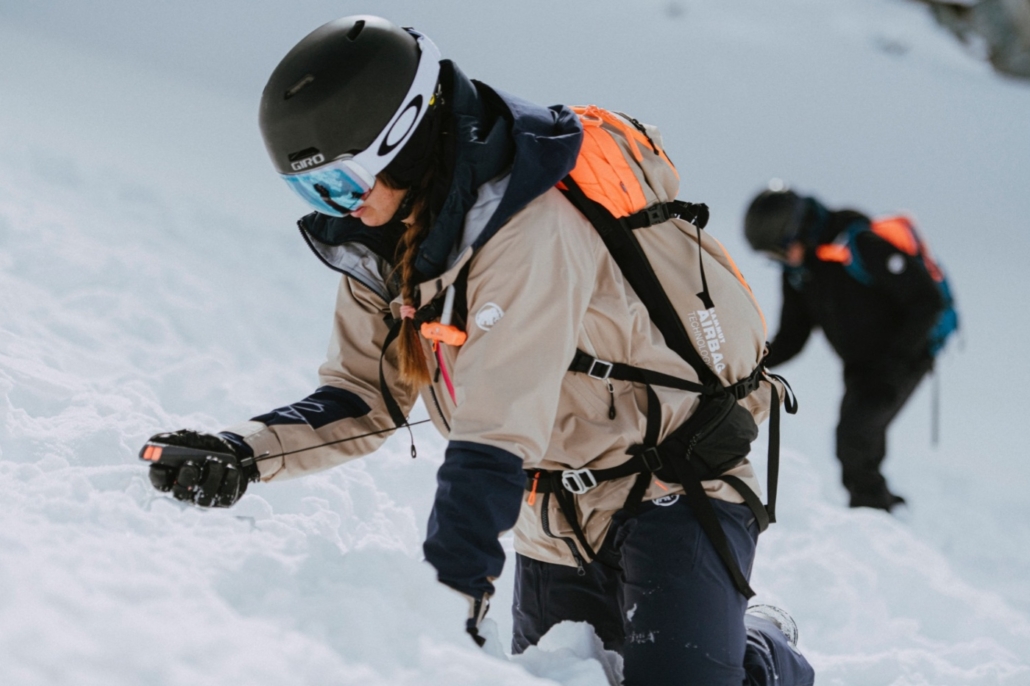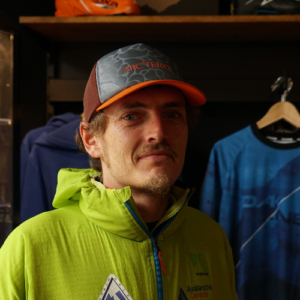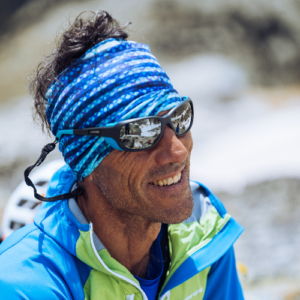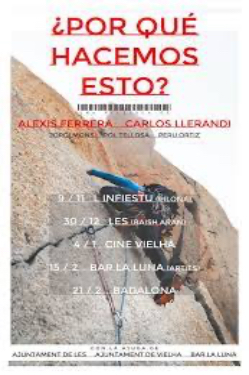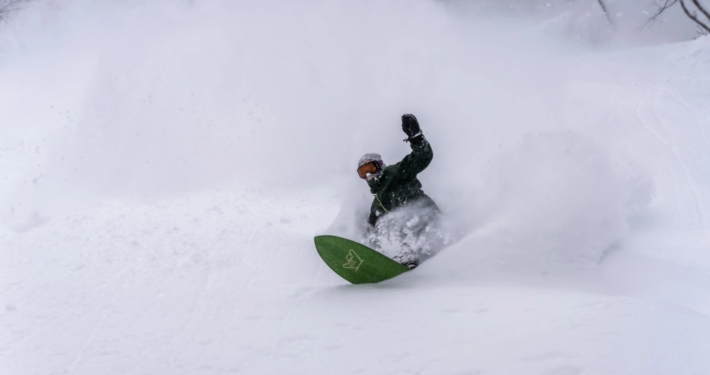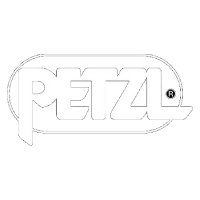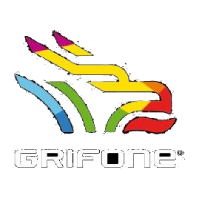You will learn to follow all the steps in detail to be able to rescue a colleague in an avalanche as quickly and efficiently as possible, avoiding the most common mistakes that most people make.
KEY POINTS
WHAT YOU WILL LEARN
COURSE DESCRIPTION
The online avalanche self-rescue course is part of Avalanche Canada’s STA 1 training and is ideal for starting to move through the winter mountains outside the controlled areas of the ski resorts.
Here you will learn what requirements the rescue material must have (DVA, shovel and probe) to choose the best one for your purchase. All the protocol you must follow in case you have an accident and have to rescue a colleague. But above all, you will learn to follow all the steps in detail to be able to carry out a rescue as quickly and efficiently as possible, avoiding the most common mistakes that most people make.
This course can be extended with our course:
-Online course “AVALANCHE RISK MANAGEMENT
-Workshops in-person Avalanche Rescue sessions
Or if you want to delve deeper into safety on snowy terrain, you can contact us to take one of our personalized “Risk Management on white terrain” courses (only for people already started in the world of winter mountains)</ p>
This online course is necessary, but not sufficient, to be able to move through the winter mountains safely. We encourage you to expand your knowledge with us or with any other accredited instructor after taking this course.
Usually practicing this type of protocols is essential to be able to correctly resolve a real situation. This course will allow you to follow a methodology and have a reference guide in case you want to practice avalanche rescues.
WHO IS IT AIMED AT?
This course is aimed at all people who practice sports in the winter mountains and want to minimize the risks of being swept away by an avalanche.
With the digitalization ofSTA1 training it is possible to acquire all the knowledge in a much more progressive and expanded way. Only minimal knowledge is needed to take this course.
SELF-RESCUE IN AVALANCHES
| 1 |  |
INTRODUCTION TO AVALANCHE RESCUEAn overview of everything we will see in this avalanche self-rescue course. |
1 min. |
| 2 | 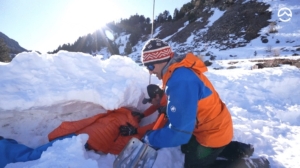 |
WHY TAKE AN AVALANCHE RESCUE COURSE?Entender los riesgos que comporta la montaña invernal, disponemos de un tiempo muy limitado para salvar la vida de nuestro compañero. La necesidad de formarse en materia de seguridad para no tener de llegar a realizar un rescate. |
3 min. |
| 3 | 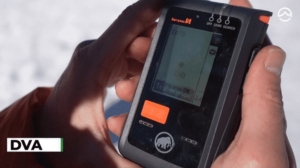 |
BASIC AVALANCHE RESCUE SAFETY EQUIPMENTLet’s review all the material that we have to bring for a winter activity in the mountains and what characteristics it must have for it to work perfectly.. |
3 min. |
| 4 | 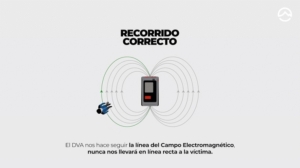 |
HOW A DVA WORKSUnderstanding how the DVA works is essential to later be able to use it correctly in a real rescue.. |
4 min. |
| 5 | 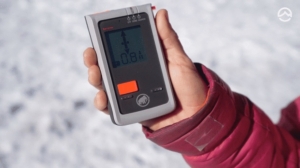 |
GROUP CHECKIt is essential to ensure that all DVAs in the group work correctly both in transmission and reception. Being systematic and following this methodology guarantees that we do not make mistakes.. |
10 min. |
| 6 |  |
PROTOCOLO DE RESCATE EN AVALANCHAS: PWHThe PAS protocol (Protect, Warn, Help) has some singularities that are very important to be clear about in the case of a rescue with Avalanche victims.. |
3 min. |
| 7 |  |
SEARCH PHASES WITH THE DVAUnderstanding the overall functioning of how to search for a victim will make it easier for us to better structure each of the phases. |
3 min. |
| 8 | 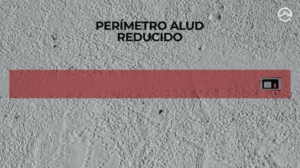 |
DVA: SIGNAL SEARCHIt’s not all about running, proper planning and organization of the search can greatly reduce the time we need to find the DVA signal.. |
5 min. |
| 9 |  |
DVA: APPROXIMATIVE SEARCHWe have to imagine the approximate search with DVA, from the moment we find a signal up to 3 meters, like the landing of an airplane. That starts very quickly and ends very slowly and with great precision. |
4 min. |
| 10 | 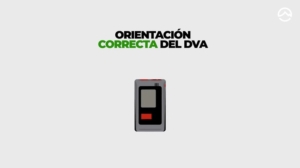 |
DVA: FINE SEARCHThe fine search with the DVA is a precision job that must be done slowly. Not carrying out this part of the search correctly means wasting much more time later with the probe. |
9 min. |
| 11 | 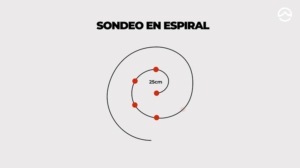 |
HOW TO PROBEPrecise probing allows us to find the exact place where the victim is buried. |
3 min. |
| 12 |  |
CORRECT TECHNIQUE FOR USE SHOVELShoveling, digging out the victim with the shovel, is the part of the rescue that will take the most time. It is essential to use modern techniques that minimize the most laborious part of a rescue. |
9 min. |
| 13 |  |
COMMON AVALANCHE RESCUE ERRORSLet’s review the most common mistakes in all phases of an avalanche rescue to avoid making them.. |
6 min. |
| 14 | 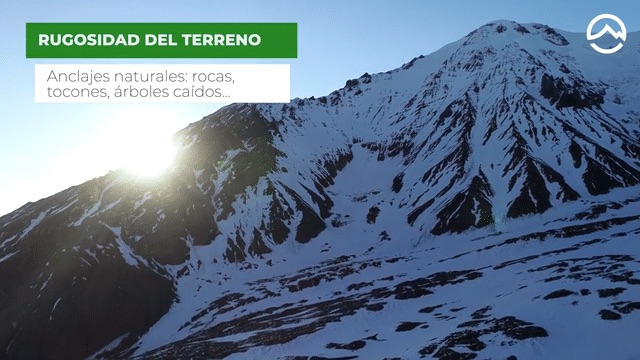 |
TEST, VALIDATE EVERYTHING LEARNED |
10 min. |
INSTRUCTORS AND COLLABORATORS
Our Staff is made up of professionals with proven experience in their field who will transmit all their years of knowledge to you in a 100% flexible format.
We also rely on collaborators and brands of international prestige to provide us with their technical knowledge.


